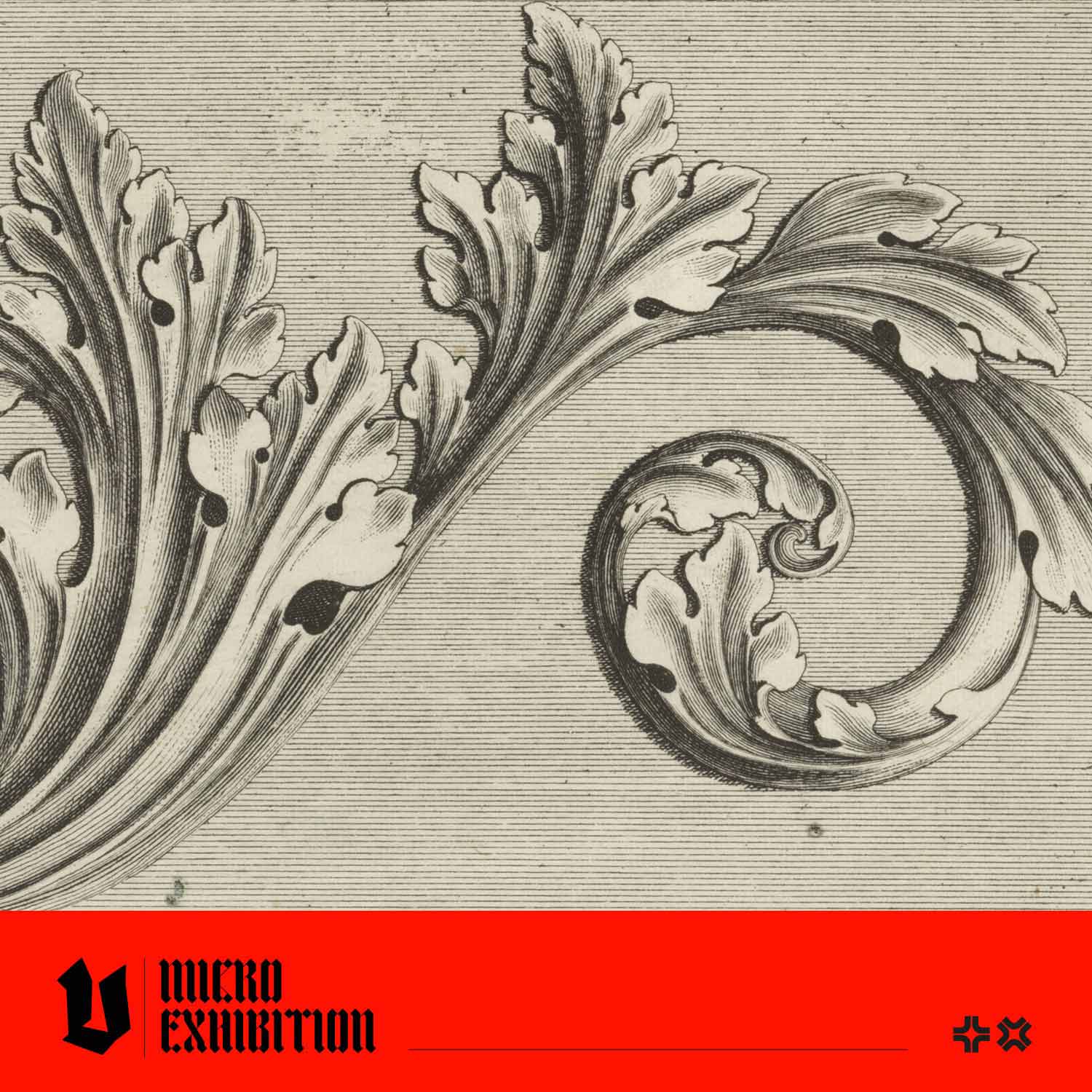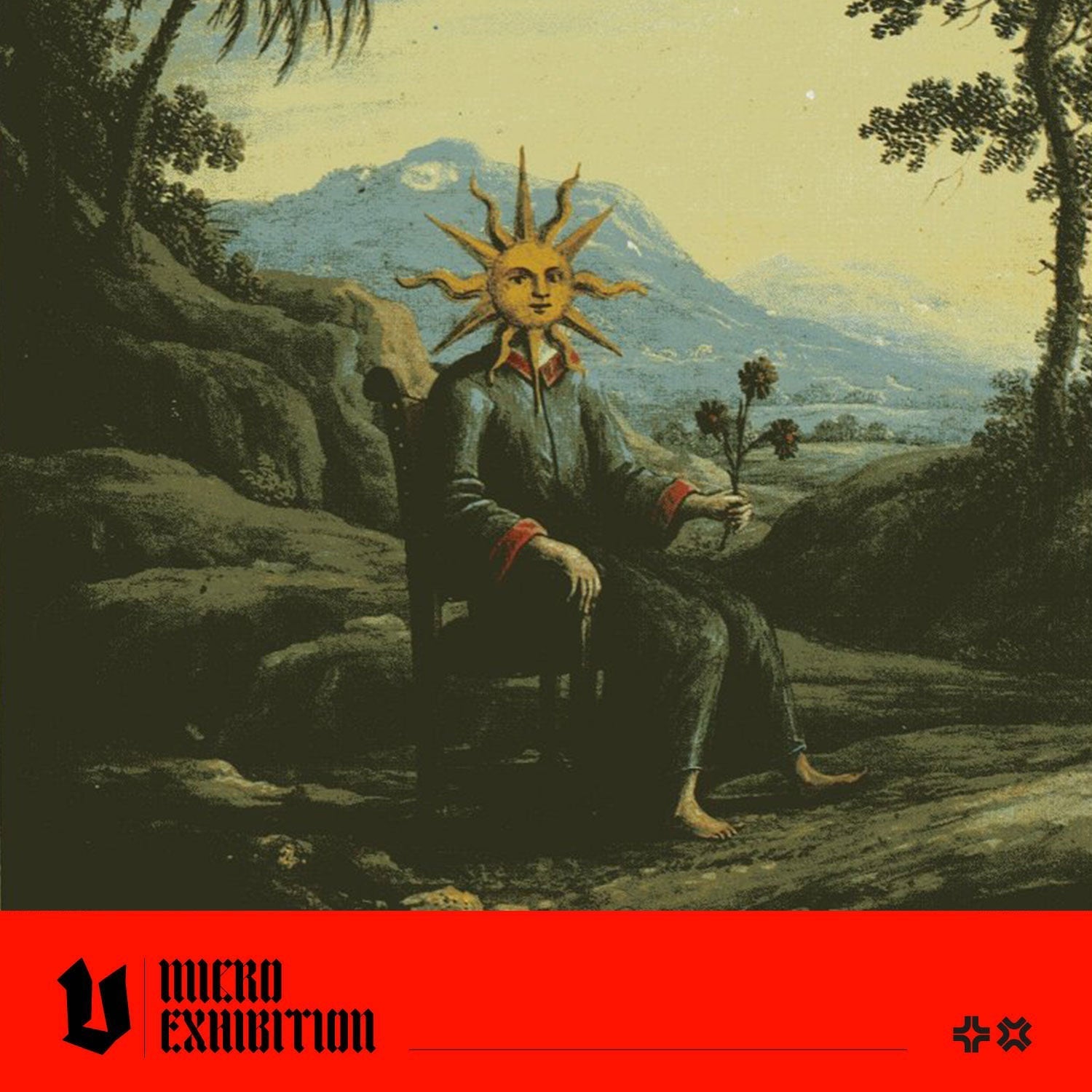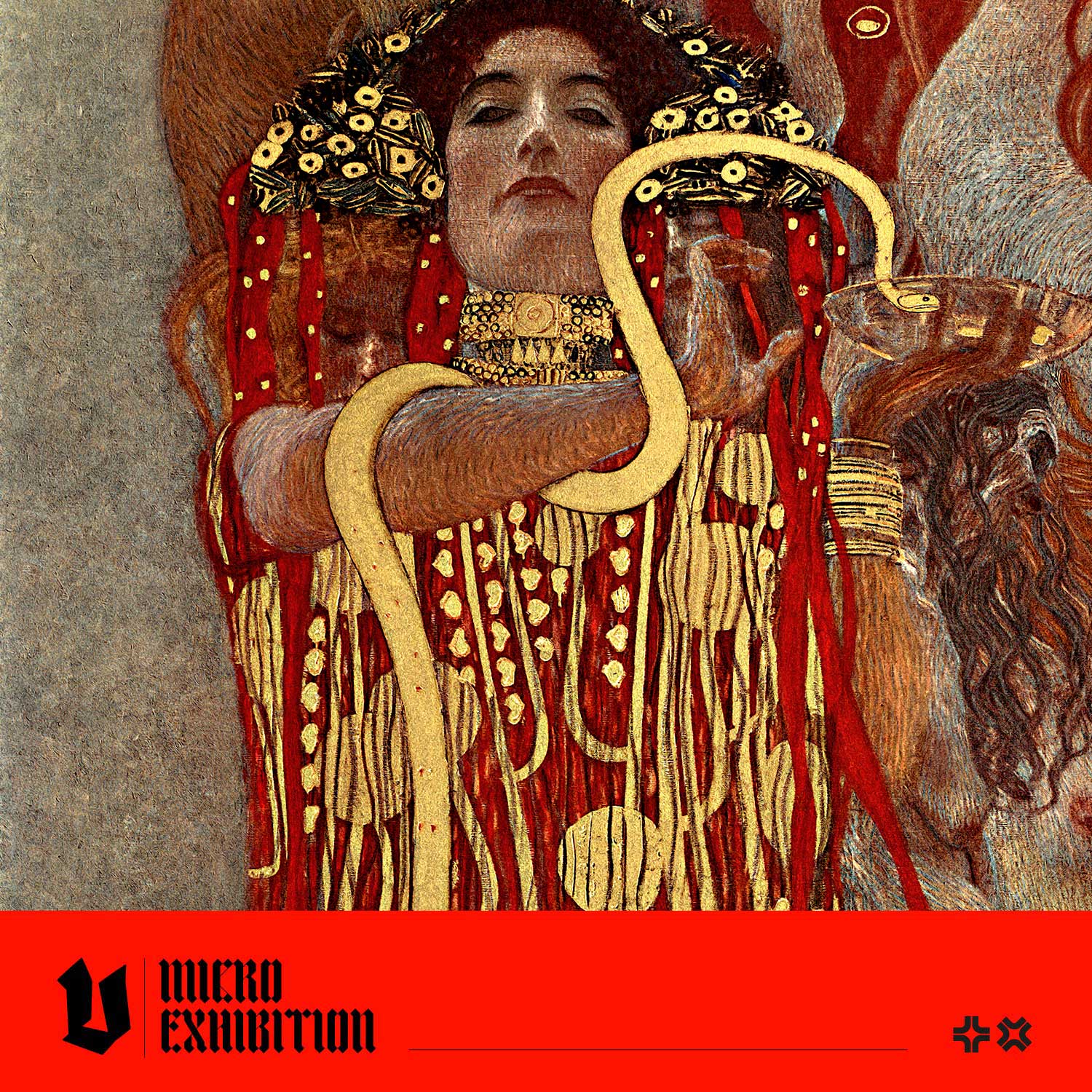Nature's Influence on Ornamental Art: The Enduring Legacy of Botanical Design from Antiquity to Art Nouveau
Botanical art has been a cornerstone of ornamental design for centuries, shaping patterns, motifs, and decorative elements across diverse artistic movements. From the stylised forms of ancient civilisations to the flowing organic curves of Art Nouveau, botanical themes have left an enduring mark on art and design. In this article, we'll discuss stunning historical examples of ornamental design and discover ways to incorporate botanical elements into your creative work. Let's go!
The Acanthus Leaf: A Timeless Ornamental Motif in Art and Architecture
The acanthus leaf has been a defining ornamental motif since the 5th century BC Greece, first appearing in the capitals of Corinthian columns. According to legend, the Greek sculptor Callimachus was inspired by an acanthus plant growing around a basket on a young girl's grave, leading to the creation of this decorative element. The Romans later adopted and refined the motif, incorporating it into friezes, dentils (a series of small rectangular blocks forming part of a moulding or cornice), and other architectural embellishments, further enhancing its intricacy and prominence.

Over the centuries, the acanthus motif evolved across various artistic movements. It became more elaborate in the Byzantine period (330–1453 AD), with deeply carved, stylised forms adorning capitals (the topmost part of a column) and intricate mosaics. It appeared in Romanesque and Gothic art during the Middle Ages, often abstracted in illuminated manuscripts and architectural reliefs. The Rococo era (18th century) transformed it into ornate, scrolling forms, adorning furniture, mirror frames, and interior decorations. Later, Art Nouveau (late 19th–early 20th century) revitalised the motif, integrating its flowing, organic curves into architecture, stained glass, and decorative arts.
 Capital with Acanthus Leaves thought to be from Bawit, Egypt, 6th Century, MET Museum.
Capital with Acanthus Leaves thought to be from Bawit, Egypt, 6th Century, MET Museum.
Flourishing Forms: How Nature Shaped Rococo Ornamentation
Rococo design, which emerged in 18th-century France, is an ornate and playful evolution of the Baroque style, characterised by asymmetry, flowing curves, and delicate botanical motifs. Unlike the grandeur and symmetry of its predecessor, Rococo favoured soft pastel colours, gilded details, and intricate ornamentation, often inspired by nature, chinoiserie, and exotic influences. This style flourished in architecture, interior design, furniture, and decorative arts, creating interiors filled with elaborate stucco work, gilded mouldings, and ornate mirrors, as seen in the Petit Trianon at Versailles and Munich's Amalienburg Pavilion.
 Design for a rococo interior, by John Linnell, about 1755, England, Victoria and Albert Museum.
Design for a rococo interior, by John Linnell, about 1755, England, Victoria and Albert Museum.
Rococo painters like François Boucher and Jean-Antoine Watteau captured scenes of aristocratic leisure with soft brushwork and romantic themes, further emphasising the style's lighthearted elegance. Furniture designs featured cabriole legs, floral carvings, and intricate marquetry, reflecting a love for ornate craftsmanship. Though Rococo faded in favour of Neoclassicism by the late 18th century, its influence remains visible today in luxurious interior design, decorative arts, and floral-inspired aesthetics.
The Arts and Crafts Movement: Combining the Beauty of Nature and the Human Connection
In the late 19th century, the Arts and Crafts movement emerged as a response to industrialisation, championing craftsmanship and nature-inspired design. One of our favourite quotes on design comes from Charles Voysey, an English architect, textile, and furniture designer, and a significant figure in the Arts and Crafts movement, who said:
"Never look at an ugly thing twice. It is fatally easy to get accustomed to corrupting influences."
William Morris, one of the most well-known Arts and Crafts practitioners, incorporated botanical motifs into wallpapers, textiles, and book illustrations. His designs featured intricate, repeating floral patterns drawn directly from nature, celebrating plant forms in a stylised yet structured manner. During this period, botanical art transcended decoration and symbolised a return to nature, artistry, and authenticity in design.

Textile design circa 1888 by C.F.A Voysey
Art Nouveau: Embracing Fluid Botanical Forms
Arthur Heygate Mackmurdo was an innovative architect and designer who significantly influenced the Arts and Crafts movement while pioneering the Modern Style, also known as British Art Nouveau—the first Art Nouveau style to emerge in the mid-1880s. His designs, such as the 1883 book cover for Wren's City Churches, featured sinuous, organic forms that foreshadowed the flowing aesthetics of Art Nouveau.

Cover for Wrens City Churches by A. H Mackmurdo, via the FT
The Art Nouveau movement flourished in the late 19th to early 20th century. It fully embraced botanical art as a central theme in ornamental design. Unlike the structured patterns of the Arts and Crafts movement, Art Nouveau artists such as Alphonse Mucha, Anton Seder, and Émile Gallé incorporated fluid, nature-inspired forms into their work. This movement blurred the boundaries between fine and decorative arts, integrating botanical motifs into stained glass, architecture, furniture, and jewellery. The curving stems, twisting vines, and organic floral shapes of Art Nouveau reflected a desire to harmonise nature with human-made environments, making botanical ornamentation an essential element of its aesthetic.

Plate from 'Das Thier in der Decorativen Kunst' by Anton Seder, image from The Anton Seder Collection by Vault Editions
How To Incorporate Botanical Motifs in Your Work
The influence of botanical art on design remains as powerful today as it has for centuries, offering endless inspiration for artists and designers across various mediums. Whether working traditionally or digitally, incorporating botanical elements can add depth, movement, and a rich historical connection to your work. Consider these ways to integrate botanical themes into your creative projects:
- Surface Pattern Design – Use floral and foliage motifs to craft striking textile or wallpaper designs, drawing inspiration from William Morris or the ornate elegance of Rococo ornamentation.
- Graphic Design & Illustration – Frame your artwork with delicate botanical flourishes reminiscent of Renaissance manuscripts or the flowing forms of Art Nouveau.
- Tattoo Art – Incorporate plant forms like twisting vines or stylised leaves to create organic, timeless tattoo designs.
- Typography & Book Design – Elevate typographical layouts with intricate botanical borders, echoing the grandeur of illuminated manuscripts and antique bookplates.
By weaving botanical elements into your creative practice, you continue a timeless tradition that celebrates the natural world's beauty, elegance, and vitality.
Interested in Learning More?
Unlock a world of botanical inspiration with our curated selection of Vault Editions' image archives. Whether you're designing, illustrating, or crafting, these stunning botanical designs will elevate your creative work. Get your copy today and bring your artistic vision to life!







